We’ll increase conversions by
20-100+%
on your website.
Get a FREE Audit today
See how we can help your business increase conversion rates
Average Order Value (AOV): A Guide on How to Increase it
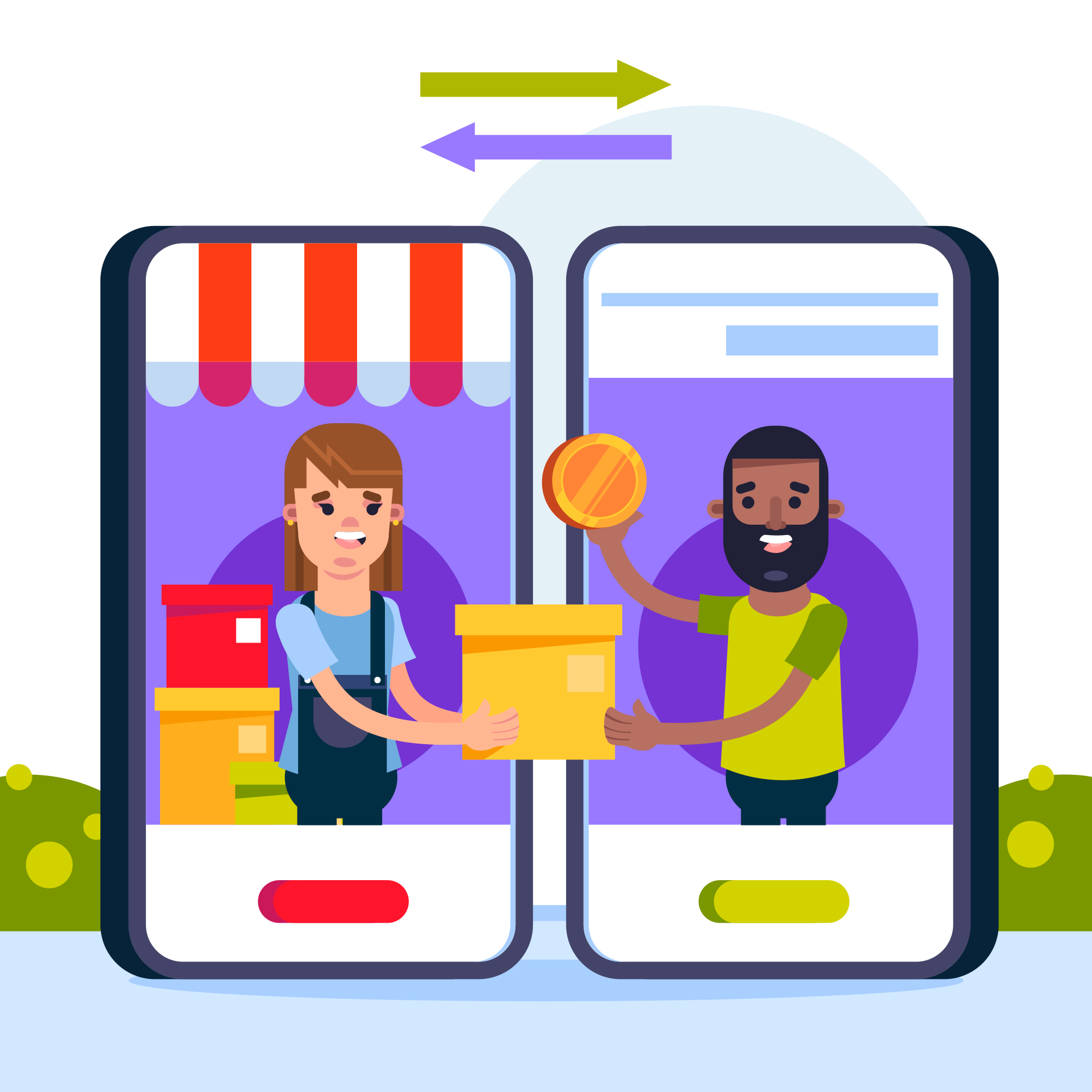
A. What is AOV and its purpose?
Within the vast realm of business, a wide array of metrics exist to measure and analyze various aspects of consumer behavior. One such metric that holds a prominent place in this landscape is the Average Order Value (AOV). At its core, AOV is a metric designed to measure the average dollar amount of money that customers spend on each order with a given company.
However, the complexity of AOV lies not in its basic definition, but in the multifaceted nature of its application. Indeed, AOV plays a significant role in helping businesses to comprehend the intricacies of consumer behavior and develop tactics to maximize profitability and revenue generation.
The calculation of AOV involves a mathematical operation that divides the total revenue generated by the number of orders received over a specific period. This formula, though seemingly straightforward, belies the complexity of the insights that can be gleaned from tracking AOV over time.
By tracking AOV, businesses can gain a comprehensive understanding of customer spending habits and use this knowledge to develop innovative marketing and sales strategies to amplify the average value of of each order. This is particularly critical for e-commerce and retail businesses that rely on customer transactions to drive revenue. In these sectors, the role of AOV becomes all the more crucial, as even small changes in average order value can have a significant impact on overall profitability and success.
B. What is the significance of AOV in business?
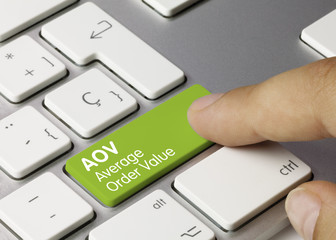
Within the vast and multifarious world of business, one metric of customer behavior that stands out as of paramount importance is the Average Order Value (AOV), a key factor that directly impacts revenue and profitability. By meticulously tracking AOV, businesses can identify and exploit countless opportunities to increase the value of each customer transaction, which can ultimately lead to substantial revenue generation and improved profitability.
It is crucial to understand the many reasons why AOV is so vital to businesses. Firstly, AOV can provide invaluable insights into the average amount of money that customers are spending on each order. Armed with this knowledge, businesses can tweak their approach to boost AOV, ultimately enabling them to generate more revenue without necessarily needing to increase the number of paying customers or orders received.
In addition to the important metrics driving revenue growth, increasing AOV can also have a profound effect on improving overall profitability. Specifically, businesses can increase their revenue streams by selling more products or services without incurring additional expenses, thereby enhancing their profitability in the long run.
Furthermore, the value of AOV extends beyond just financial metrics. By scrutinizing AOV data, businesses can identify key trends and patterns in customer spending behavior across key metrics. This information can be used to refine pricing strategies, product offerings, and marketing campaigns, all of which can have a profound impact on the bottom line.
Businesses can also gain valuable insights into how to improve their AOV by analyzing successful case studies of other companies in their industry.
C. Formula for calculating AOV
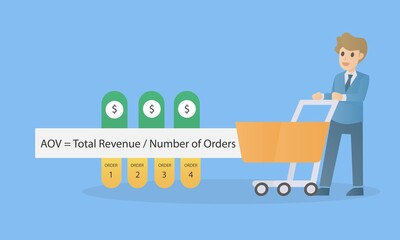
Calculating Average Order Value (AOV) is an easy way to keep track of the true worth of each order. Just divide total revenue by the number of orders over a certain period and you’ll know exactly how much money your business made from each purchase – for example, if $10,000 in sales was generated from 500 orders within one month then AOV would be equal to $20! What’s more interesting about this metric is that it allows companies to monitor how well their pricing tactics are doing along with any customer loyalty programs or product bundles. In other words: understanding AOV means keeping retail profits at maximum potential.
1.) Factors affecting AOV
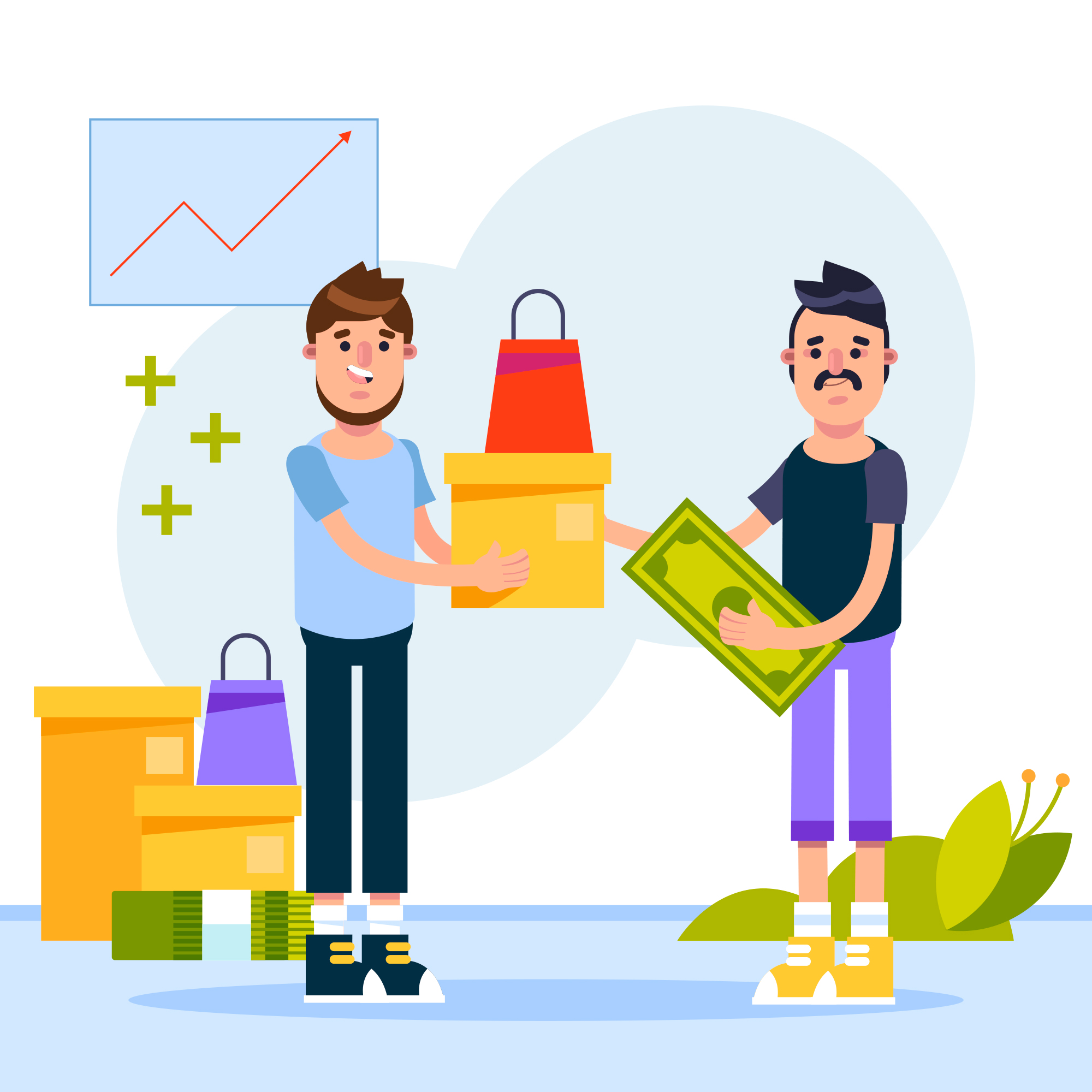
A. Product pricing and discounts
Pricing and markdowns are critical factors that can impact the Average Order Value (AOV) of a business. Here are some approaches that enterprises can utilize to boost AOV:
Provide quantity discounts: By offering markdowns on larger purchases, companies can stimulate customers to buy more products or services in a single transaction, thereby amplifying AOV.
Implement graded marketing and pricing strategies: Graded pricing entails providing varied pricing levels based on the quantity or quality of products or services acquired. By providing markdowns for larger purchases, companies can encourage customers to buy more, leading to a higher AOV.
Bundle products or services: Offering bundles of products or services can provide customers with a superior value proposition and escalate AOV. For example, offering a combo of a laptop and printer can incentivize customers to buy both items together, resulting in a higher AOV.
Use dynamic pricing: Dynamic pricing involves adjusting prices based on real-time demand or other factors such as time of day or location. By providing markdowns during off-peak hours or for sluggish-moving products, businesses can motivate customers to make purchases and increase AOV.
Provide a customer loyalty program with markdowns: Offering markdowns to recurring customers can enhance customer loyalty and encourage them to make larger purchases, resulting in a higher AOV.
Overall, pricing and markdowns can be effective tactics to elevate AOV, but it is crucial for businesses to meticulously contemplate their pricing and markdown strategies to ensure they are providing value to customers while also generating revenue and profitability.
B. Cross-selling and upselling strategies
Have you ever made a purchase and had the salesperson suggest additional products or services that go along with it? That’s cross-selling, an effective strategy to boost profits by encouraging customers to consider complementary items they may not have thought of. Upselling is another great way for businesses to maximize revenue – pointing out higher priced versions of what the customer wants, but with more features or storage space. Both strategies can drive increased value in each transaction!
By utilizing cross-selling and upselling strategies that offer an additional value, businesses can achieve higher profits as well as increased customer loyalty. When done correctly these practices are not only beneficial for the business but also provide a positive experience to the customers.
C. Product bundling and packages

Combining products and packages are alternative tactics that businesses can employ to enhance their Average Order Value (AOV). Here are some methods that businesses can use to increase AOV by increasing traffic and utilizing product bundling and packaging:
Develop merchandise bundles: Product bundling involves the grouping of various products or services together and offering them at a discounted price. By providing bundled products, businesses can motivate customers to make multiple purchases in a single transaction, thereby increasing AOV.
Offer packaged deals: Comparable to product bundling, packaged deals comprise the offering of multiple products or services together at a discounted price. Businesses can create packaged deals based on customer preferences or for specific occasions, such as holidays or special events.
Upsell elite packages: Upselling elite packages involves offering customers a premium-priced package that includes additional products or services. By presenting premium packages, businesses can enhance the value of each transaction and generate more revenue.
Employ tiered packaging: Tiered packaging involves offering customers various levels of products or services at different price points. By providing customers with the option to upgrade to higher-priced packages, businesses can augment the value of each transaction and inspire repeat purchases.
Offer value-added bundles: Value-added bundles involve offering customers additional products or services for free or at a discounted price with the purchase of a primary product or service. By creating value-added bundles, businesses can increase the perceived value of their products or services and encourage customers to make larger purchases.
D. Customer loyalty programs
Businesses can unlock the potential of higher Average Order Value and (AOV) growth through customer loyalty programs. By leveraging this unique strategy, companies are able to boost retention and ignite repeat purchases with engaging rewards such as discounts or exclusive offers.
Here’s how businesses can make use of these incentive-based systems for a successful AOV jumpstart:
Compensate customers for their purchases: By offering compensations or credits for each purchase, businesses can stimulate customers to make repeat purchases and escalate their AOV over time. These compensations could include discounts, restricted products or services, or other privileges.
Establish tiered loyalty initiatives: Tiered loyalty initiatives involve presenting distinct tiers of compensation or benefits based on the customer’s loyalty status. By providing customers with supplementary compensations as they progress up the loyalty levels, businesses can inspire customers to make larger purchases and increase their AOV.
Provide special event compensations: By presenting customers with special compensations or discounts on their birthdays or anniversaries, businesses can encourage customers to make purchases and increase their AOV.
Provide restricted access: By providing customers with restricted access to products or services, businesses can stimulate customers to make repeat purchases and increase their AOV over time.
Generate referral programs: Referral programs involve offering rewards or discounts to customers who recommend new customers to the business. By incentivizing customers to recommend new customers, businesses can increase their customer base and encourage repeat purchases, thereby increasing their AOV.
2.) Methods to increase AOV
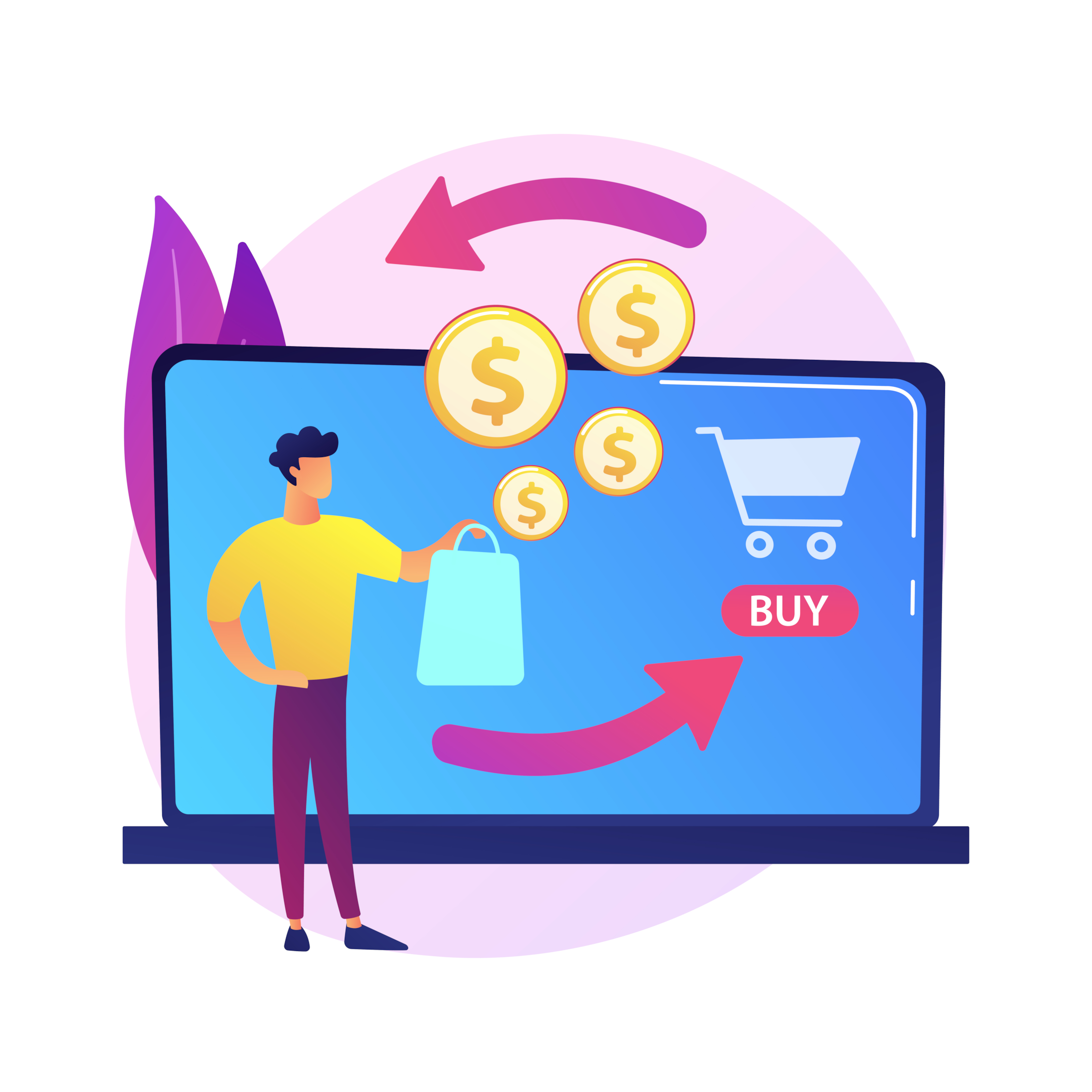
A. Offer free shipping threshold
Astonishingly, businesses can elevate their Average Order Value (AOV) by implementing a free shipping threshold strategy. This remarkably intricate strategy involves establishing a minimum order value that customers must attain to qualify for free shipping. Here are some convoluted ways businesses can utilize a free shipping threshold to increase AOV:
Galvanize customers to buy more: By creating a minimum order value for free shipping, businesses can compel customers to increase the number of items in their cart to meet the threshold. This complex maneuver can aid in elevating the AOV of each transaction.
Elevate customer satisfaction: Providing free shipping can not only enhance customer satisfaction but can also cultivate the probability of repeat purchases. By instilling a free shipping threshold, businesses can provoke customers to place larger orders to receive this benefit.
Amplify conversion rates: By proffering free shipping as an incentive, businesses can escalate their conversion rates and augment their overall revenue through the roof.
Intensify profitability: Though free shipping can lead to higher shipping costs for the business, establishing a minimum order value can guarantee that the costs are covered, and the business still generates an enormous profit on each transaction.
All in all, offering a free shipping threshold is an incredibly perplexing yet efficacious way for businesses to escalate AOV and stimulate more massive purchases from customers. It is of utmost importance for businesses to carefully ponder the costs and benefits of this strategy and ensure that they can cover the shipping costs while still generating an astronomical gross profit amount.
B. Provide personalized product recommendations

Employing individualized product suggestions is a technique that enterprises can employ to upsurge their Average Order Value (AOV). This tactic encompasses scrutinizing customer data, such as purchasing history and browsing behavior and leveraging this information to suggest products that are likely to pique the customer’s interest. Here are some approaches that businesses can use to leverage individualized product recommendations to augment AOV:
Increase customer involvement: By providing personalized product recommendations, businesses can amplify customer engagement and stimulate them to explore the website and discover new products. This can result in larger purchases and increased AOV.
Enhance customer experience: Providing personalized recommendations can elevate the customer experience and make the shopping process more pleasurable. This can lead to increased customer allegiance and repeat purchases.
Promote cross-selling and upselling: Personalized recommendations can be utilized to endorse related or complementary products that the customer may be interested in. This can help increase the AOV of each transaction by encouraging customers to purchase additional items.
Improve conversion rates: By furnishing individualized product recommendations, businesses can improve their conversion rates by showing customers products that they are more likely to be intrigued by.
Overall, providing individualized product recommendations can be an effective way for businesses to increase AOV and encourage larger purchases from customers. It is imperative for businesses to meticulously scrutinize the data they use to generate these recommendations and ensure that they are relevant and valuable to the customer.
C. Implement scarcity and urgency tactics
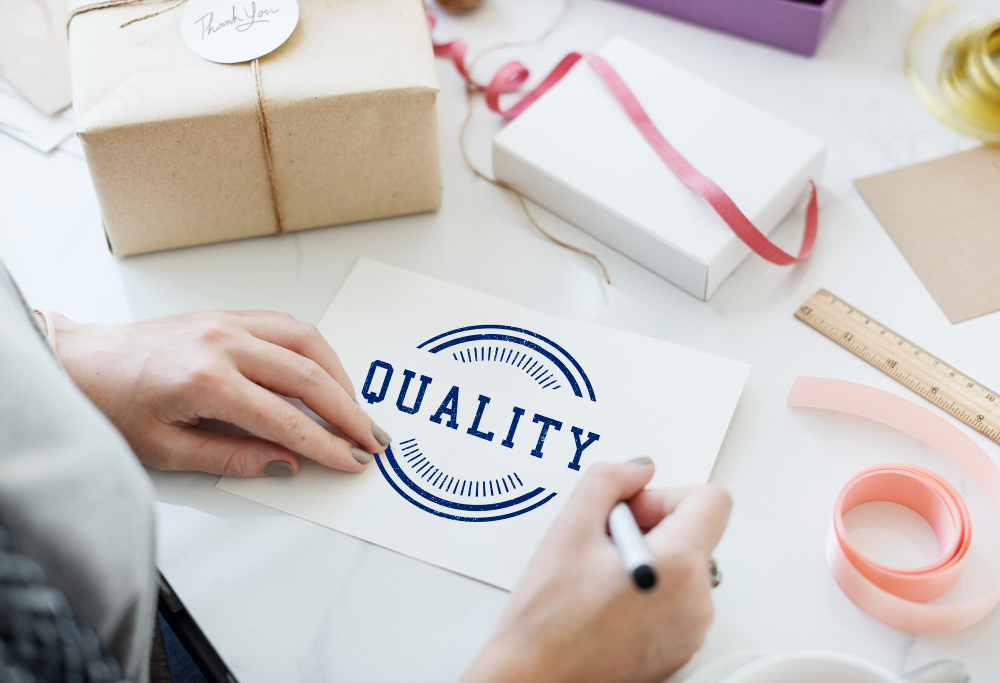
Behold, a strategy that businesses can harness to boost their Average Order Value (AOV) is to deploy scarcity and urgency tactics. By creating a sense of scarcity or urgency around a product or promotion, businesses can motivate customers to make a purchase. Here are some ways that businesses can leverage scarcity and urgency tactics to increase AOV:
Limited-time promotions: By offering time-sensitive promotions, businesses can evoke a sense of urgency among customers and induce them to make a purchase before the promotion expires. This may result in increased AOV, as customers may be more inclined to add more items to their cart during the promotional period.
Limited quantity products: Offering products that are available in limited quantities can create a sense of scarcity and urgency among customers, spurring them to make a purchase before the product runs out. This can lead to an increase in AOV as customers may be more inclined to add more items to their cart in order to capitalize on the limited quantity product.
Countdown timers: Incorporating countdown timers on promotions or products can create a sense of urgency among customers and impel them to make a purchase before the timer runs out. This can lead to increased AOV as customers may be more likely to purchase additional items during the limited time period.
Pre-order incentives: Offering incentives for pre-ordering a product, such as a discount or an exclusive item, can create a sense of urgency in online store and motivate customers to make a purchase before the product is released. This can lead to an increase in AOV as customers may be more inclined to add more items to their cart to take advantage of the pre-order incentive.
Overall, implementing scarcity and urgency tactics can be a potent way for businesses to up their AOV and prompt customers to make larger purchases. However, it is crucial for businesses to exercise these tactics ethically and transparently, to ensure that customers are not duped or swindled into making a purchase.
D. Use social proof and reviews

Utilizing social validation and assessments is another tactic that corporations can implement to boost their Average Order Value (AOV). Social validation refers to the psychological phenomenon where individuals are influenced by the behaviors and viewpoints of others. Here are some approaches that businesses can adopt to increase AOV using social validation and assessments:
Display product ratings and evaluations: By displaying product ratings and evaluations on a product page, corporations can furnish social validation that the product is top-notch and trendy among other patrons. This can bolster consumer assurance in the product and lead to more significant purchases.
Showcase consumer photos and videos: Displaying consumers’ photos and videos of products can provide social validation that the product is admired by other buyers and assist potential clients in imagining themselves utilizing the product. This can boost consumer assurance in the product and lead to larger purchases.
Highlight user-generated content: By showcasing user-generated content, such as social media posts or client endorsements, businesses can furnish social validation that the product is desirable and well-liked among other patrons. This can boost consumer assurance in the product and lead to larger purchases.
Emphasize trendy or best-selling products: By emphasizing fashionable or best-selling products, businesses can furnish social validation that the product is in high demand and favored by other buyers. This can boost consumer assurance in the product and lead to larger purchases.
Overall, utilizing social validation and assessments can be an effective way for businesses to augment AOV and inspire more substantial purchases from clients. It is crucial for corporations to use genuine and authentic evaluations and user-generated content while avoiding deceiving clients with fabricated assessments or social validation.
Conclusion and practical applications of AOV

A. Importance of AOV in maximizing revenue and profitability
Average Purchase Value (APV) is a crucial metric for companies that seek to maximize their revenue and profitability. Below are some reasons why APV matters:
Revenue boost: Companies can generate more revenue without necessarily expanding their customer base by increasing APV. This is because customers are spending more per purchase, resulting in higher lifetime revenue, for the company.
Profitability improvement: Higher APV can lead to increased profitability because companies can raise their profit margins without necessarily increasing their sales volume. This is because the fixed costs related to each sale are spread over a larger transaction amount, resulting in higher profits.
Improved customer loyalty: Better customer loyalty can be achieved through higher APV as customers who spend more are more likely to be satisfied with their purchase and return for future purchases. This can lead to increased customer retention and lifetime value.
Better marketing efficiency: Companies can make their marketing efforts more efficient by increasing APV, generating more revenue per customer. This can lead to a higher return on investment (ROI) for marketing efforts.
B. Examples of AOV strategies used in e-commerce and retail industries
Here are some perplexing examples of AOV strategies that will burst your sales in the e-commerce and retail industries:
Product bundling: Curating enticing product bundles is a widely used tactic to hike AOV in these industries. By grouping related products together, businesses can inspire customers to buy more items at once, which can lead to a higher AOV.
Free shipping threshold: Establishing a minimum order amount for free shipping is yet another hack for boosting AOV. By offering free shipping for orders above a certain minimum purchase amount, businesses can induce customers to purchase more items to reach the threshold, leading to a higher AOV.
Upselling and cross-selling: Upselling and cross-selling are standard tactics employed in e-commerce and retail industries to elevate AOV. By suggesting related or complementary products during the checkout process, online businesses often can tempt customers to add more items to their order, which can lead to a higher AOV.
Loyalty programs: Offering lucrative loyalty programs that incentivize customers to make bigger purchases is another strategic approach to increase AOV. By providing points or discounts for reaching certain spending milestones, businesses can urge customers to spend more, resulting in a higher AOV.
Dynamic pricing strategy: Employing dynamic pricing strategies that tweak prices based on factors like demand and inventory levels can also augment AOV. By offering discounts for larger purchases, businesses can nudge customers to add more items to their order, leading to a higher AOV.
Altogether, these mind-boggling AOV strategies are just the tip of the iceberg for the e-commerce and retail industries. By utilizing these and other perplexing AOV strategies, businesses can escalate revenue, enhance profitability, and optimize their sales performance to infinity and beyond!








